Musings of a (paranoid) children’s books editor
Posted by Remya Padmadas on March 13, 2018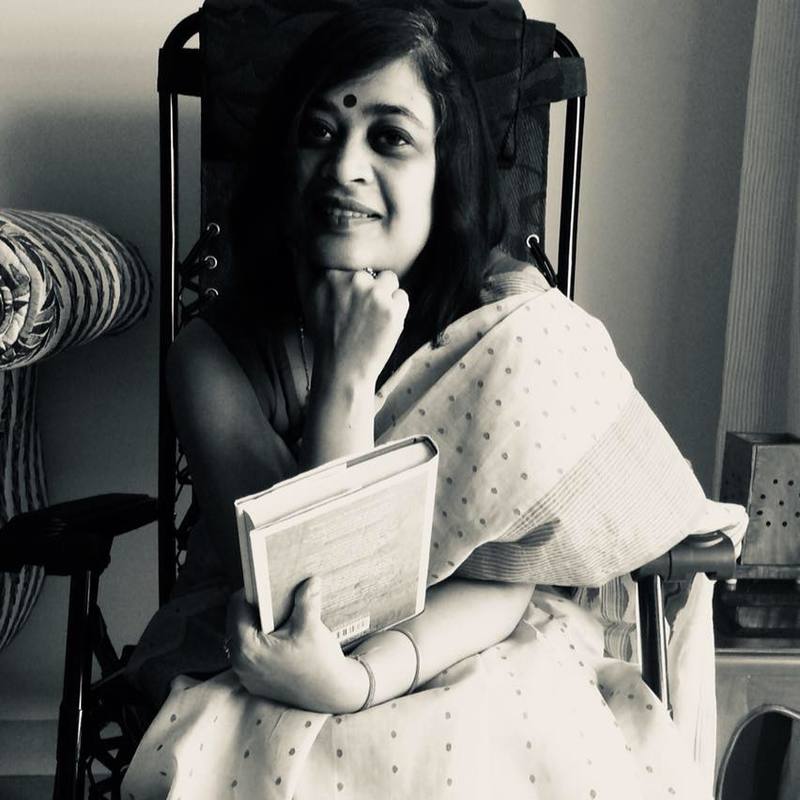
Sudeshna Shome Ghosh has worked in the Indian publishing industry since 1997. She has worked at Penguin Books and Rupa Publications where she has managed the children’s imprints Puffin and Red Turtle respectively. Currently she is the Publisher of Talking Cub, Speaking Tiger Books’s children’s imprint. She also freelances as an independent publishing consultant. She has Guest Edited and written picture books for Pratham Books. You can read her book 'A Friend for Little Goat' on StoryWeaver.
The very first time I was entrusted with a book, I was only allowed to tally corrections. For those who don’t know the long, laborious stages through which a book is made ready, this is the (mindnumbing) bit where a poor editor sits with a pile of final proof pages and matches the corrections marked on the previous set with the new one. All she/he is allowed to do is mark the ones that may have got missed out, and any glaring typos that the proofreader may not have seen. The book, I clearly remember, was Percival Spear’s A History of India, Volume 2.
Life in a publishing house, however, improved rapidly. I quickly understood the peculiar joy that comes from working on a book at every stage of its development—from the moment the manuscript lands on your desk(top) to that final moment of relief tinged with trepidation (is it full of typos? It is full of typos! I will be fired!) on sending it off to the printing press. There were ups and downs and incredible goof ups. Just one example is the time when the big boss dumped a sheaf of papers on my table and growled, ‘You will be editing this. But first do a cast off.’ I froze. A cast off? What on earth was a cast off? I dared not breathe a squeak at him, and I couldn’t anyway as he had loped off into his cabin and banged shut the door. I trotted up to a more experienced editor (now one of the top publishers in the country) and asked, ‘Umm, what’s a cast off?’ She sighed. All these young things walking in knowing nothing, she must have muttered under her breath. ‘It’s when you make an estimation of the number of words on a page, then the entire manuscript, and then use that to calculate how many pages your final book will be. A standard paperback has x number of words per page. So first you have to add, then multiply…’ Add? Multiply? Did I not come into the Arts just to get away from all that? Nope. Turns out as an editor you need to be pretty sharp with numbers, and not just for cast offs, but to calculate royalties and advances and more.
I will leave the story of the cast off calculation right there, because I do not cover myself in glory in it (according to my first calculation the book would have been 7.33 pages long). But I mention it only to tell what kind of learning curve every book, every single line I have edited has been for me.
Once children’s publishing started getting the attention it deserved among trade publishers, I moved naturally in that direction. Penguin, where I worked, decided to revive the children’s imprint Puffin in India, and a couple of editors were assigned to commission and copy edit the books, as well as a similarly small design team. As our list grew, we learnt many lessons. How to evaluate a book accurately; how to edit it; how to design them so they looked as exciting as the imported books from the West in the stores. Some lessons I learnt while editing were: the ability to read the book both as an adult and a child, and both as an editor and a reader. We were working only on chapter books and books for middle grade to older readers, and as the editor I had to be sure that words made sense, that the story went a certain way and did not veer away into dead ends, that the complexity of the ideas, and the length of the book (even the chapters) matched the readership it was aimed at. We were particular about the fact that these were Indian books and that we were not going to create pale imitations of Enid Blytons. So how could we take the best aspects of successful Western writing for children and merge it with Indian characters and settings?
After the publication of Harry Potter, children’s publishing in India took off as well. Now, there are many more imprints, more diverse kinds of books, more experimentation, books of various genres, price points and for different age groups. It’s possibly the most exciting time to be in this area of publishing.
And it was at this time that I got the opportunity to do a completely new kind of editing—one that had been a gaping hole in my experience so far. It was the commissioning and editing of picture books. For various reasons (mostly commercial) the publishing houses I had worked at, had stayed away from picture books. My closest connection with them had been as a mother and reader, when I started reading them only after my son was a toddler. So when editors Bijal Vachharajani and Mala Kumar at Pratham Books invited me to be a guest editor for them in 2017, and commission and edit ten picture books for them, I said yes with equal parts nervousness and excitement in my heart. One part was back to being the poor editorial assistant figuring out what is a cast off, but thanks to the complete trust that Pratham Books showed, I got over those nerves.
In early 2018, all ten books are out and published (except one that is still being illustrated). These range from STEM books where I was told to concentrate on Maths concepts (What? Why Maths again? Why me?) to a beautiful book set in the Himalayas, another one in the jungles of India where a group of children who cannot see are taken on a safari, a story about trees and friends, and another about the unaccountable fears of childhood told through the person of a very unprepossessing sweet stall owner. I worked with some fantastic children’s authors on these books, people mostly with whom I had worked with earlier, and some who I met for the first time. What I learnt while commissioning and editing these books have been superbly eye opening. To put some of them down:
Clarity of idea. The editor needs to work with the author in identifying the heart of the story, and keeping that in mind at all time. In a picture book there is no space or luxury to waffle around with other bits and bobs.
Show not tell. When there are pictures that will bring the story alive, how much should the words say? To find that right balance of just the right Q5number of words and polish the quality of those few words.
Everything can be made shorter and crisper. You can tell a beautiful story in 500 words. Yes, it is possible.
Know the reader. This is true of all children’s writing, but more so for writing for younger children. How simple is simple? And does simple mean not talking about complex ideas? How to get abstract ideas into a story that will hold the attention of a new reader?
The importance of design. The writer, illustrator, designer, editor literally have to be on the same page to bring about true magic.
There can’t be any typos. OMG, is there a typo? There is a typo! I know there is one! My career is finished!
And finally, this holds true for editing books of any length, and for any sort of reader, the value of storytelling. Let the story shine through, and everything else falls into place.
Be the first to comment.
Using Stories to Enhance Language and Literacy Skills
Posted by Remya Padmadas on March 29, 2016
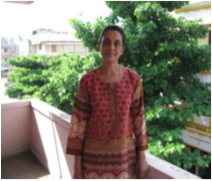
Nabanita Deshmukh is a teacher, a teacher educator, and a writer of children’s stories and poems. She had been a consultant at Azim Premji Foundation, Pondicherry and has worked with government school teachers on interactive methods of teaching. Nabanita has been instrumental in introducing Stories and Language Games as a means for developing language skills in primary level children. She has also conducted workshops for teachers and students in Odisha, Pondicherry, Kerala and Arunachal Pradesh on creative writing, storytelling and classroom games and other alternate modes of classroom teaching such as the use of magazines for the improvement of English. She conducts teacher interactions on motivation and classroom management.
She contributes stories and articles to magazines and publishing houses like Chandamama, Bal Vihar, Children’s World, Children’s Choice, Children’s Digest, Pratham Books and Matrubhumi.
You can read her books 'Why Do Bees Buzz?' and 'Why Can't We Glow Like Fireflies?' on StoryWeaver.
I am just back from a long teacher training tour in Chattisgarh and western Odisha. The main focus of the workshops was the enhancement of language and literacy skills through interactive modes such as stories, poems, skits and songs. In this context Pratham's Adi Kahani series and the online Storyweaver platform came in handy.
STORYWEAVER
Stories from this portal were shown to a group of primary school teachers and teacher educators from various states of India. Here is an example of how one of the presentations took place. The session went through three stages: pre-viewing, while-viewing and post-viewing. The 'First House' story was chosen for the demo.
In the pre-viewing stage, I first showed the cover page to the participants and they all had to guess what the story was all about and where it was set. This pushed the teachers to observe the illustrations and the printed details carefully. Later they guessed that the story took place in a forest and it was about two tribal men.
Pre-reading or pre-viewing stages always help break the ice and familiarise readers with unfamiliar settings, characters and vocabulary. If teachers used prediction like I had done with the cover page of the book, students would surely show more interest in reading a story.
In the while-reading stage, I projected the first page of the book and asked the following questions:
1. In which state of India do you think this story is taking place?
2. Which creatures do the characters meet when they come out of the cave?
3. What advice do these creatures give them? (Answers to be given using direct speech)
4. What kind of house do you think the characters built eventually? (Description)
These questions were asked to help participants use communicative English (Q-3), imaginative skills (Q-2&4), logic (Q-3) and geographical knowledge (Q-1)
After getting the answers from the participants, the entire story was projected on screen and the participants enjoyed reading it. They also loved the colourful illustrations and the different options the story presented. I finally read out the paragraph on the Singpho tribe printed at the end of the book and made the teachers use atlases to locate Arunachal Pradesh and its physical features on the map.
Some teachers even attempted to translate the first few lines of the story in their own mother tongue-Kannada, Tamil, Bengali and Chattisgarhi.

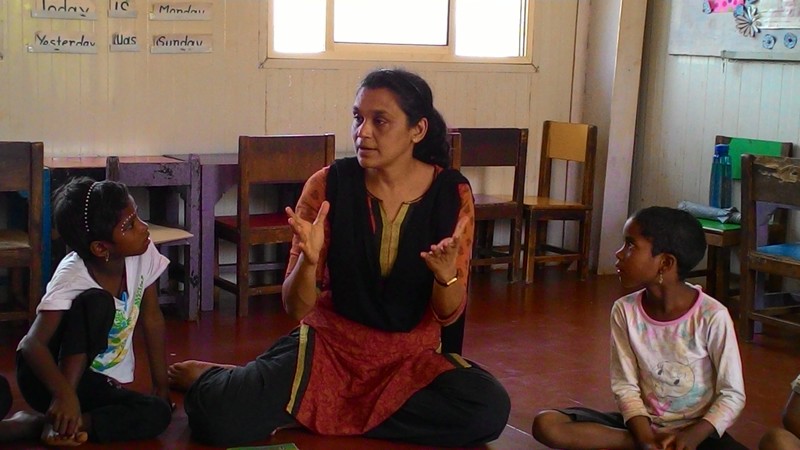
ADI KAHANI SERIES
The Adi Kahani stories in the Kui language were used in Odisha with primary school teachers who taught children of the Munda tribe. This tribe speaks the Ho language. Despite not knowing Kui, the tribal and the non-tribal teachers reacted favourably to the stories. For example in the stories of the fox and the pitcher and also in the fox and the chicken, the teachers appreciated the use of local settings, objects and characters. They thought these would help children understand the story better as the surrounding is familiar-rivers, foxes, cowherds, women carrying wood, earthen pots are all so familiar to village children no matter to which tribe they belong to!
The story of how the rabbit got its long ears became an instant favourite among Munda teachers and many felt the folktale could be made into a skit.
It was a great experience using Pratham Books and the Storyweaver platform during my training. More Odia translations of stories and Munda tribe folktales written in English and then translated into different languages will be most useful. I just came to know that the Ho language has a script. Heartening, isn't it?
Be the first to comment.Rain, rain go away...
Posted by Remya Padmadas on June 20, 2016Books can be a wonderful way to introduce and spark curiosity in children about .. well, everything and anything really! Science, technology, different cultures, emotions, animals... the list is endless. Stories are an invaluable resource for teachers in the classroom as a teaching aid.
The monsoons have started to sweep across many parts of India this month, so we decided to share our 5 favourite books about the rains with you! This list has books across reading levels and languages. You're sure to find the right story for your child/children and remember, you can always weave a story of your own, translate one of these to a language you're fluent in or even relevel a story to make it appropriate for children you are reading to. Let's get our umbrellas and rain coats ready! It's a downpour of stories.
1. बरसा बादल In English as 'Rain, Rain' by Sanjiv Jaiswal 'Sanjay' and Ajit Narayan.
बादल के साथ आसमान में तैरिये और बारिश का मज़ा लीजिये।
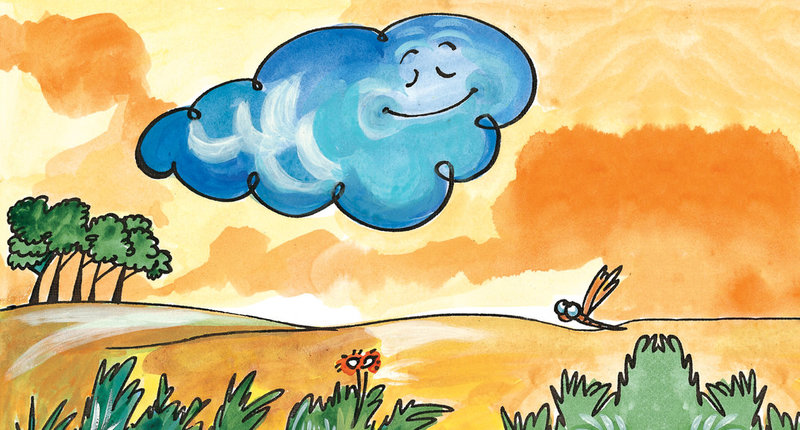
Everyone wants it to rain! A peacock, a farmer and even a little child all request a cloud to oblige them with some rain. Will she or will she not? This is a sweet book and perfect for reading aloud to young ones. There are so many conversations this book can lead to - how we need rain to grow food, the different kinds of games we can play when it rains and even the animals that emerge when there's a downpour. This story is available to read in seven other langues!
2. The Red Raincoat by Kiran Kasturia and Zainab Tambawalla
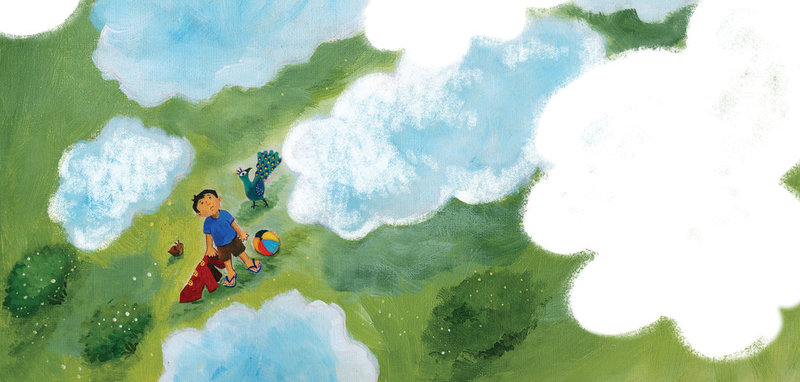
Little Manu is delighted with his shiny, new raincoat! What a lovely red it is too! He can't wait to wear it. But what's this? It just won't rain! Will he ever get to wear his new raincoat? Read this book to find out. It can be read in 10 languages including top notch community translations to Urdu, German, Tibetan and French.
3. 'ताई ताई, गडगडाट कुठून होतो?' In English as 'Sister, Sister, Where Does Thunder Come From?' by Roopa Pai and Greystroke
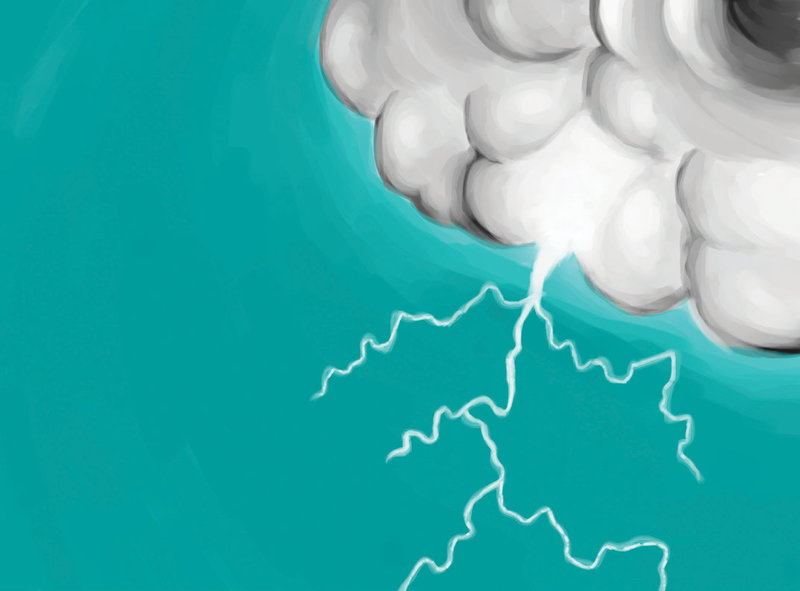
This is from Pratham Books' very popular 'Sister, Sister' series. Little Brother is full of questions and this time he wants to know where thunder comes from. Is it the roaring of the angry giant who lives in the sky that causes the heavens to rumble, or is it just the wild biker gang up in the clouds that makes all that noise? Of course, Big Sister has the right answer in the end, but before you start reading this fun book to find out, remember to ask, where do YOU think thunder comes from?
4. The Day it Rained Fish - Ramendra Kumar and Delwyn Remedios
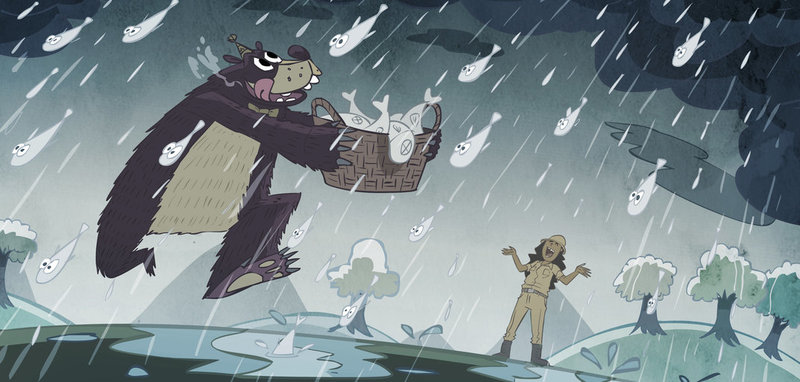
You've heard the expression 'It's raining cats and dogs'... but raining fish? Well strange things happen at Ballu the bear's birthday party. Follow him and Avanti the zookeeper as they get drenched in a rain of fish. The illustrations for the book were part of the #6FrameStoryChallenge from last year and are a whimsical delight! (Pssst... did you know that it's actually rained fish and even spiders in some parts of the world?)
5. ಘಮ ಘಮ ಪಕೋಡ! In English as 'Peacocks and Pakodas' by Mala Kumar, Manisha Chaudry and Priya Kuriyan
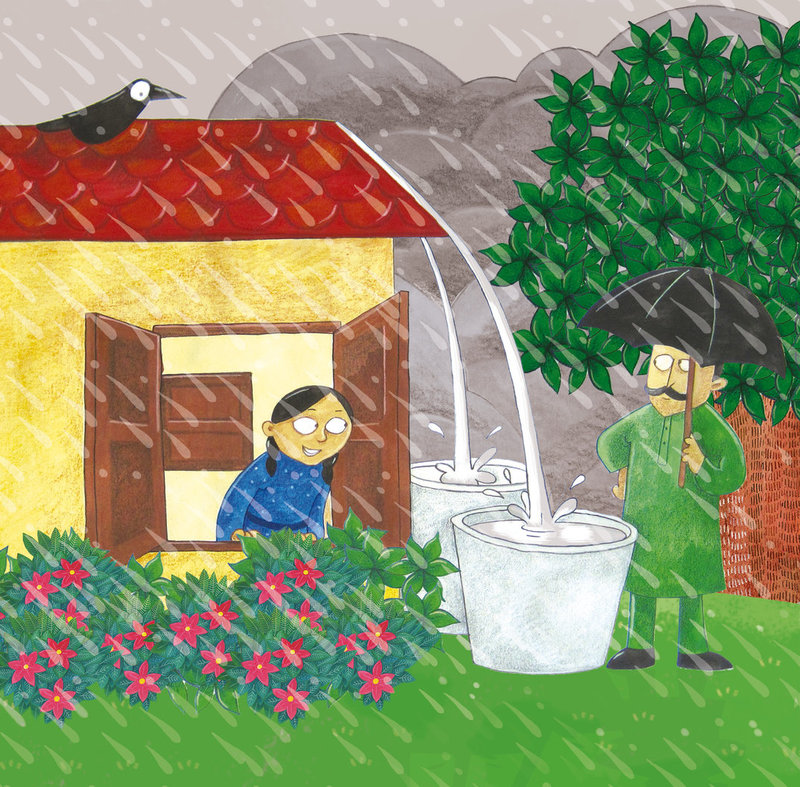
This book is a celebration of all things monsoon, not just pakodas and peacocks as the title suggests. Hot, saffron laced milk, saving rain water, lush greenery and everything else that comes along with the rains. Priya Kuriyan's gorgeous illustrations bring the words alive, you can almost feel the fine spray of rain and smell the just drenched earth.
Which one is your favourite? Do you have a rain story you want to share? You can create one on StoryWeaver and use some of the gorgeous illustrations in our image bank to help you!
Be the first to comment.